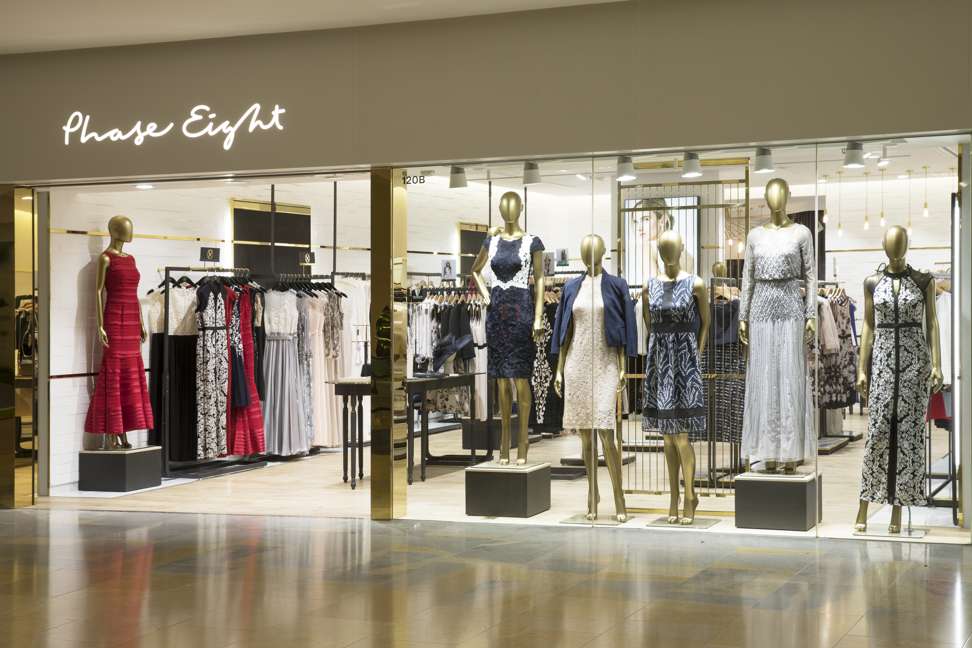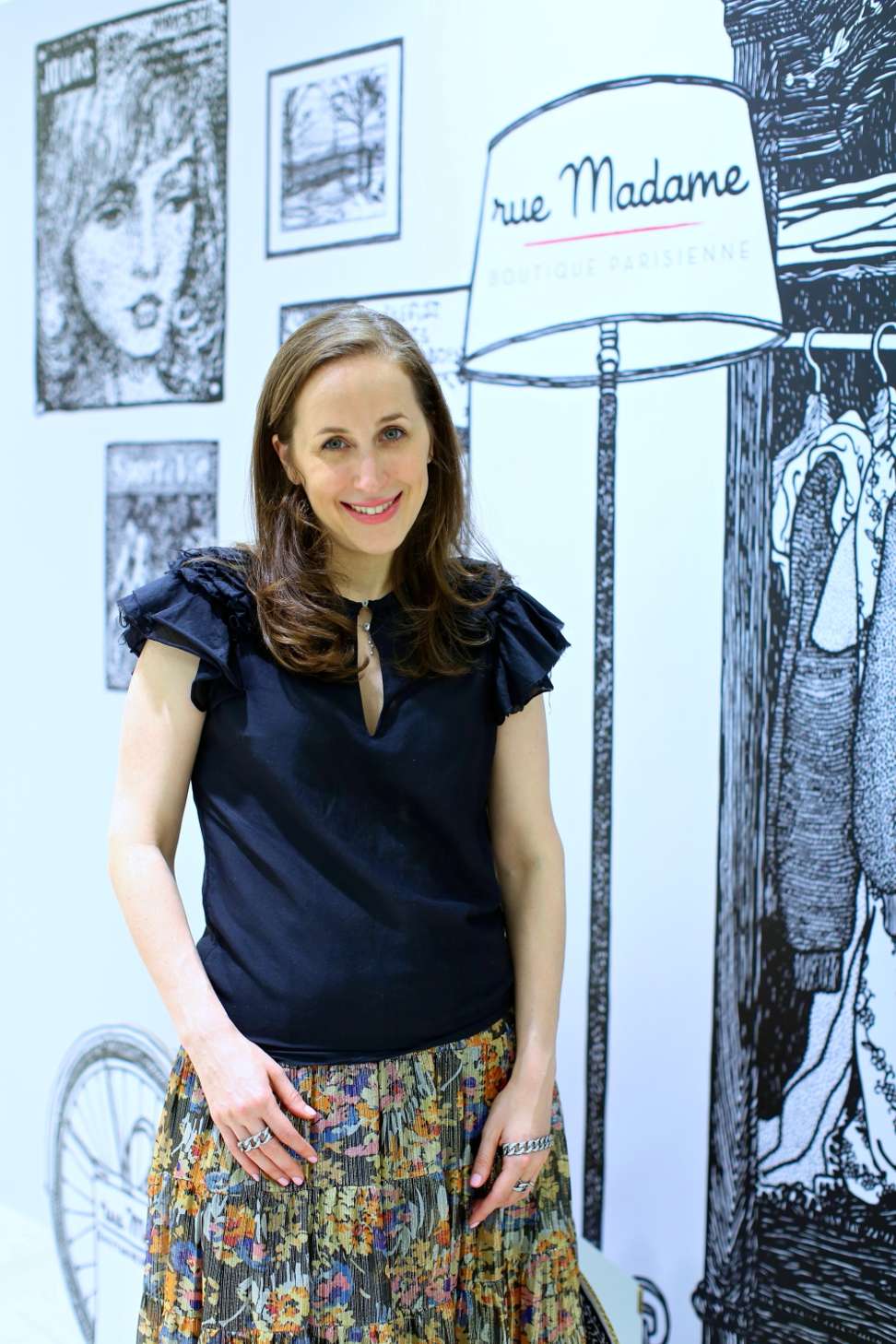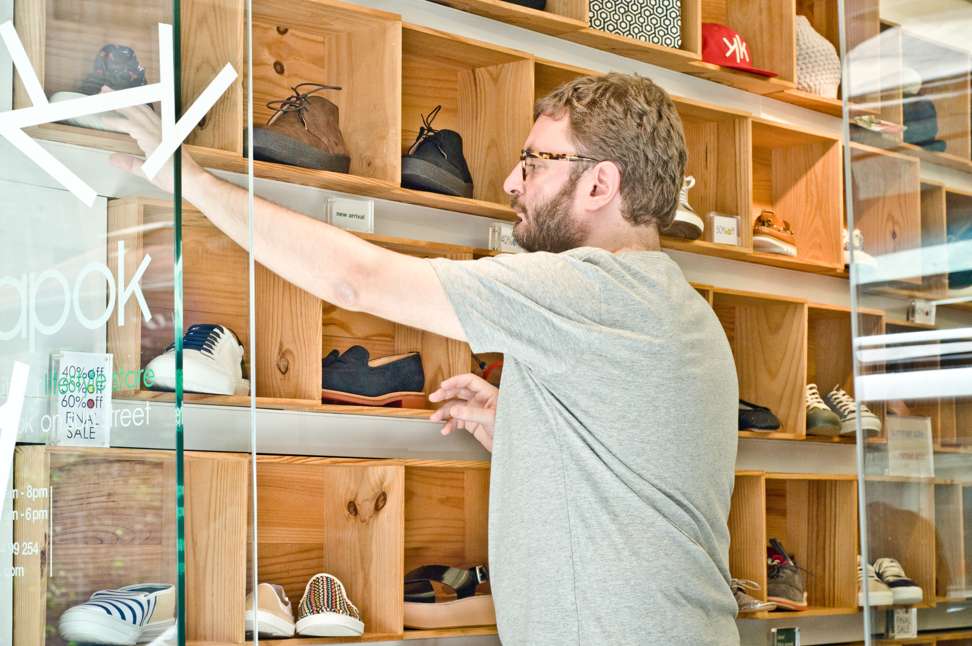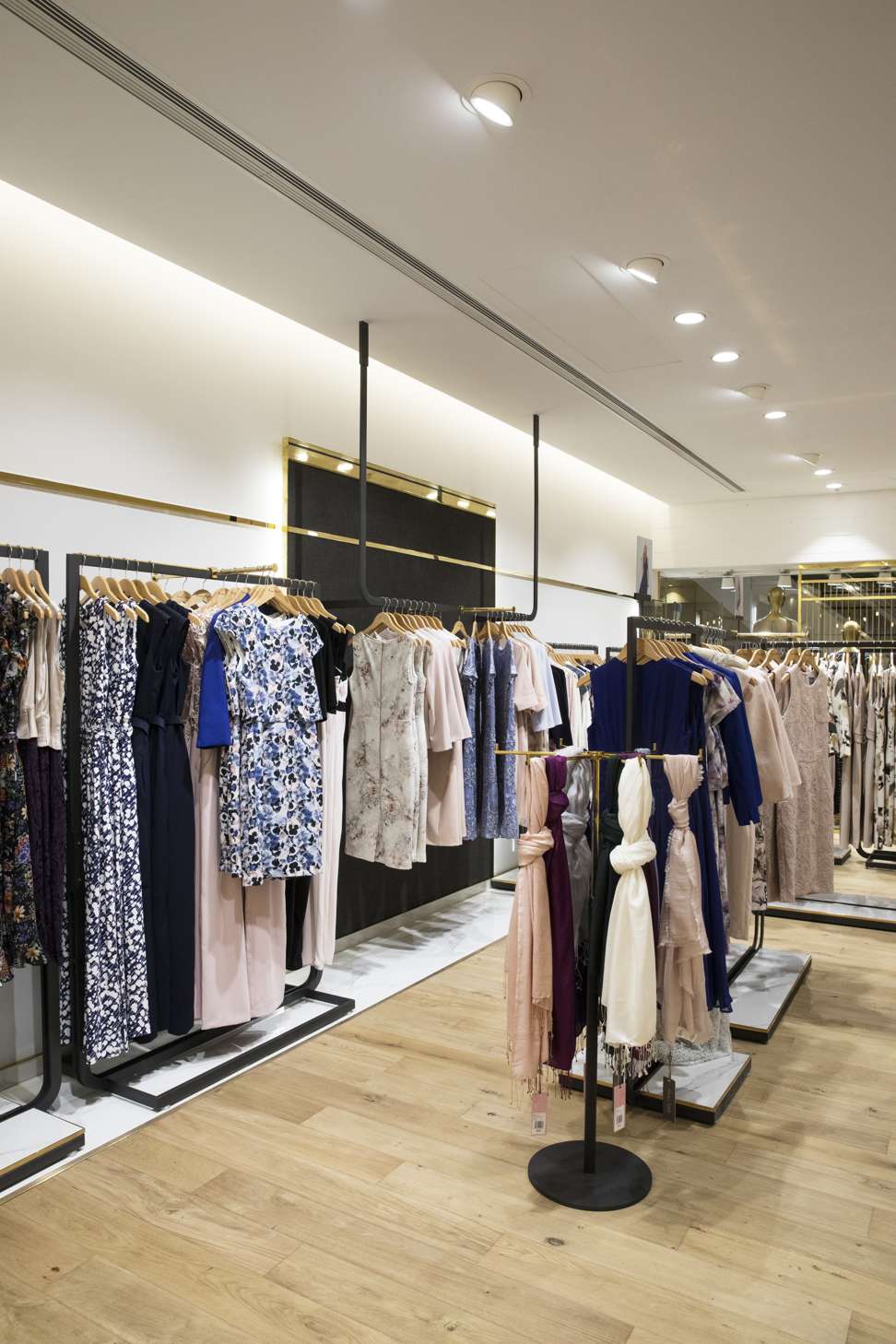
How Western contemporary fashion brands are cashing in on Hong Kong’s luxury downturn
As big names scale back operations in the city, smaller fashion brands and groups offering ‘affordable luxury’ are taking advantage by opening new stores in Hong Kong and China

Luxury labels, once highly coveted by status-conscious Hongkongers, have been losing their lustre of late. The pinch of a prolonged period of sluggish sales has left a number of them scaling back on expensive prime real estate and renegotiating rents with landlords. The recent closure of Ralph Lauren’s huge 20,000 sq ft store at the Lee Gardens in Causeway Bay, among others, may signal a permanent turn of the tide for the city’s fashion and luxury sector.
But it’s not all doom and gloom. Other Western labels are entering the local market. Among them is Whistles. The contemporary British brand opened a 1,000 sq ft flagship store in the upscale Pacific Place mall in Admiralty on March 15, after opening in the Harbour City mall in Tsim Sha Tsui in January.
“Tougher conditions can actually be a great opportunity for a brand entering the market, especially if the brand is offering something new and the concept is exciting,” says Helen Williamson, Whistles’ brand director.
Contemporary fashion chains, such as J. Crew, Sandro and Maje, began opening in Hong Kong a few years ago. Meanwhile, the city’s best known luxury retailer, Lane Crawford, invested heavily in its more affordable, younger Lab Concept platform, reflecting the shift in consumer tastes.

Another company faring well is Hong Kong’s Rue Madame Fashion Group (RMFG), which owns the multibrand concept store Rue Madame (founded in 2000) but is the local partner of single-brand businesses such as American Vintage, Phase Eight and Whistles.

“RMFG’s combined sales were up 40 per cent in the past 12 months compared to the previous year [with four store openings],” says Ariane Zagury, RMFG’s founder. A former banker, she is a major fashion player in the city, specialising in market entry and retail operations for Western contemporary and “affordable luxury” brands.
Zagury says the company is expecting sales to grow by 65 per cent in 2017, with four more store openings and the launch of its own brand, Clemence.
For businesses that are small and nimble enough to make quick changes and innovate, tough times can bring opportunity. So are we witnessing the end of retail dominance by the big luxury brands?
Their success relied on the wealthiest Hongkongers and tourists with deep pockets – mostly from China. But in the past few years, visitor numbers from China have dropped, while slower economic growth has dented the confidence of local shoppers – a double whammy for big luxury retailers.
Lesser-known retailers and contemporary brands catering to Hong Kong’s aspirational middle class and to shoppers who have become more price-conscious have taken advantage of the downturn in big brands’ fortunes.
Stéphane Ledru, Asia CEO of the SMCP (Sandro Maje Claudie Pierlot) Group is convinced of the growth potential of the city’s accessible luxury segment, and says “definitely part of this growth is fuelled by clients leaving the luxury segment, particularly in ready-to-wear”.
Maje and Sandro are leaders of highly scalable contemporary French fashion. Some of their Hong Kong stores top the sales charts of SMCP shops worldwide. With 18 outlets in the city, the group is riding a wave following aggressive expansion in recent years (in the first quarter of 2016 alone, it opened 14 points of sale in Greater China).
“The performance of our three brands [in Hong Kong] over the last two years has been impressive,” says Ledru. “We opened our first store here in 2012. Despite the challenging market conditions in recent years, Sandro, Maje and Claudie Pierlot have been gaining market share every season.”
To put this in context, a long-sleeved top from brands like these costs between HK$800 and HK$2,500, not quite high street prices, but not nearly as expensive as luxury.
Williamson says: “It is early days, but the initial reaction to Whistles in Hong Kong has been very strong, so we are happy to have entered the market at this time.” The British brand, acquired in March 2016 by The Foschini Group, a South African retailer, is expanding quickly outside Britain, with shops opening in the Middle East and Spain last year.

“We were hit quite hard at the end of 2015 and early 2016, especially with bigger ticket items like watches costing between HK$10,000 and HK$20,000, and bags for HK$10,000 and more. But in mid-2016, we changed our merchandising plan to keep interesting – high-quality products but at a friendlier price. The strategy has been doing well since November 2016.”

Kapok’sproducts have resonated with local buyers. It also operates French-Japanese label Maison Kitsune, which Castel says is doing “very well in Hong Kong” at a price point – HK$3,000 to HK$5,000 for a sweater/long-sleeved top – that chimes with customers. So well, in fact, that a second Maison Kitsune store is opening this year.
Customers in Hong Kong still have a fair level of purchasing power, says Castel, “but with all the bad news around, if they buy something too expensive they feel a bit guilty, even if they can afford it”.
They have also shown growing interest in casual wear and versatile fashion in the last six years – and are increasingly drawn to effortless styles for day-to-day wear. Gone are the days when professional men were all suited and professional women chose only classic cocktail attire for evenings along with formal day wear. Exposure to global fashion trends has made shoppers more experimental and comfort-conscious.
“Hong Kong customers have been pairing luxury accessories mainly with affordable luxury fashion for a while,” says Zagury, “But yes, the interest in our segment ‘from premium to contemporary’ is growing. We’ve noticed Hong Kong women becoming more casual.”

The move to online shopping poses a threat to traditional bricks-and-mortar stores. With many of the world’s fashion shoppers now buying regularly at Net-a-Porter.com, Shopbop.com or Matchesfashion.com, Hong Kong clients are demanding more in-store, and want novelty, with new products and brands. The attraction of the contemporary sector lies in decent quality, on-trend but versatile items at accessible prices.
Ledru says that, at SMCP boutiques, “a continuous in-store product refreshment gives reasons to clients to come often”. And come they do: in 2016, the group’s global sales reached €786 million (HK$6.5 billion), annual growth of 16.4 per cent, with 24 per cent growth outside France.

Rue Madame has been largely resilient in the face of the retail downturn, Zagury says, “because we have a very strong point of view, a curation dedicated to “affordable chic Parisian style”. We have strong credibility in this market and keep bringing in new options all the time.”
There’s no doubt a shift is occurring in Hong Kong fashion retailing. How well brands adapt will be a test of their agility.
“The Hong Kong market has been driven by the flow of Chinese tourists,” says Ledru. While recently there have been some small signs of recovery in that market, companies have adjusted their thinking and made Hong Kong customers a cornerstone of their strategy, “making sure to also address their needs”.
For Western contemporary labels in Hong Kong, the big prize is in China. SMCP has forged ahead with expansion to that market, but for a lot of retailers, doing business north of the border can pose huge problems. Then there are issues such as the “luxury” import taxes (a composite of several taxes that can total up to 50 per cent of the retail price), finding reliable local partners and the rapid changes in Chinese consumer habits.
These risks are too great for some. For them, Hong Kong can still be a good entry point to the Chinese consumer market, and a profitable testing ground for those in the contemporary, affordable luxury market.
Williamson of Whistles puts the point concisely: “We would love to open more stores in Hong Kong before moving into China. Many brands have launched in China too quickly, not establishing a strong enough understanding of both the market and the Chinese customer.”